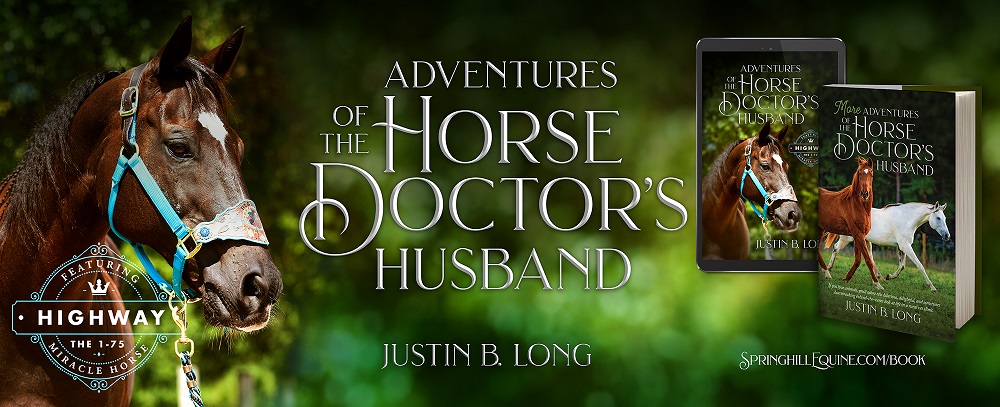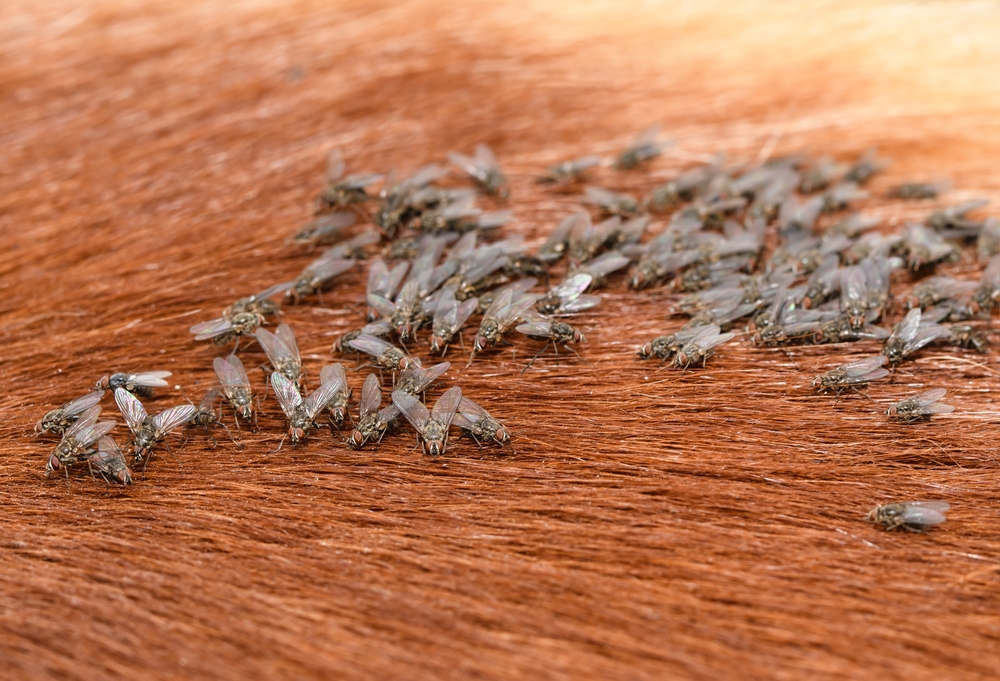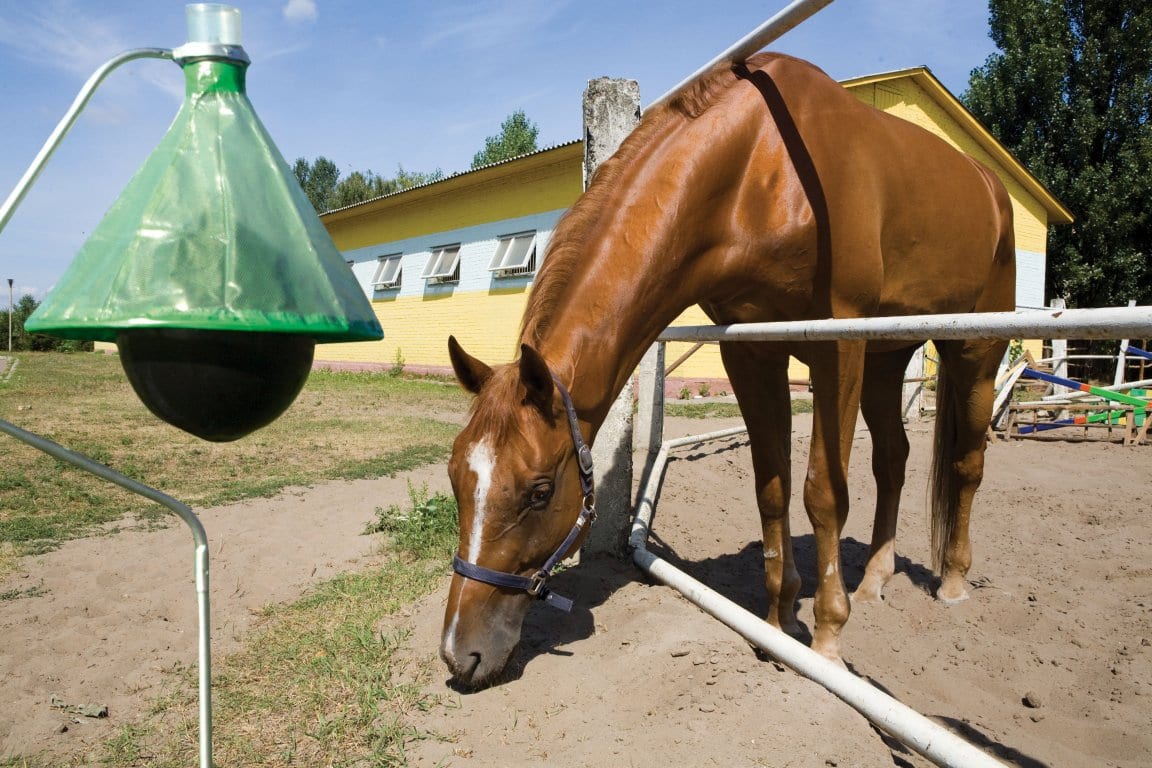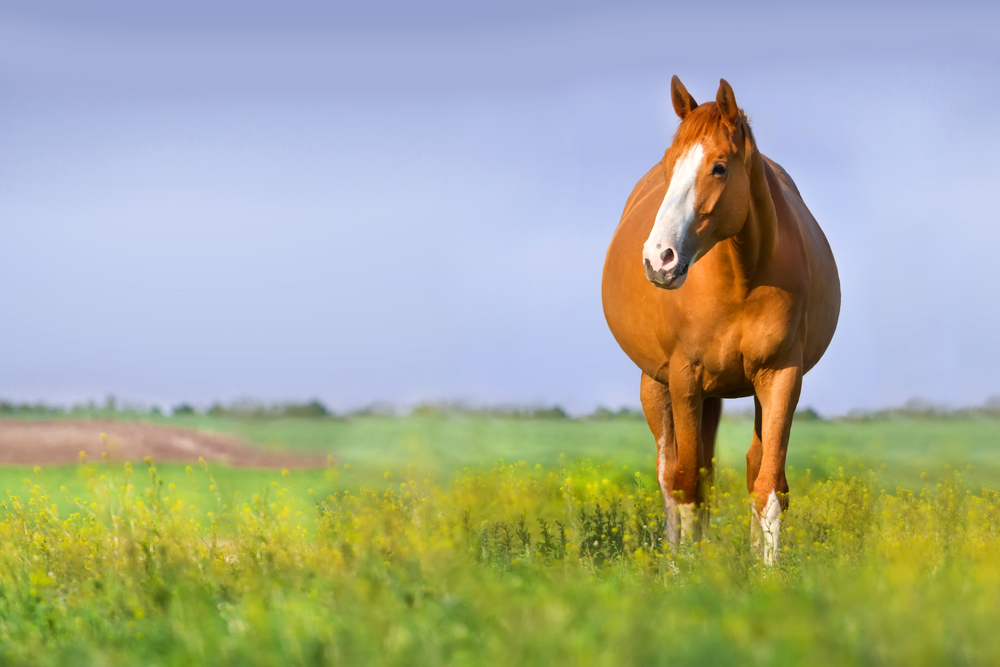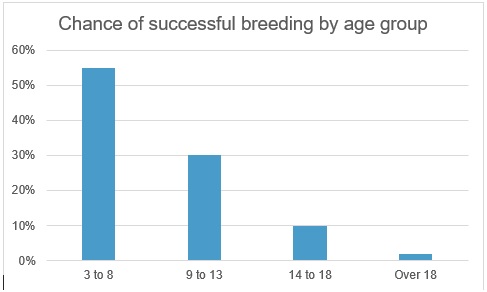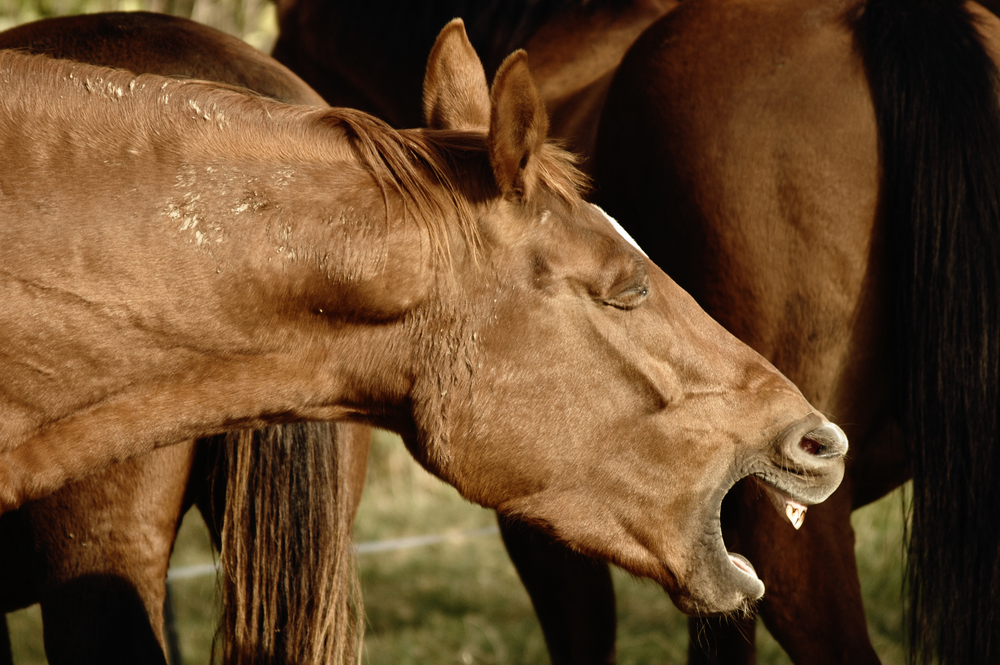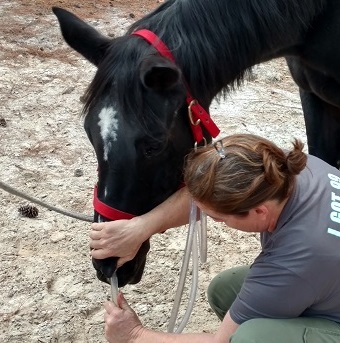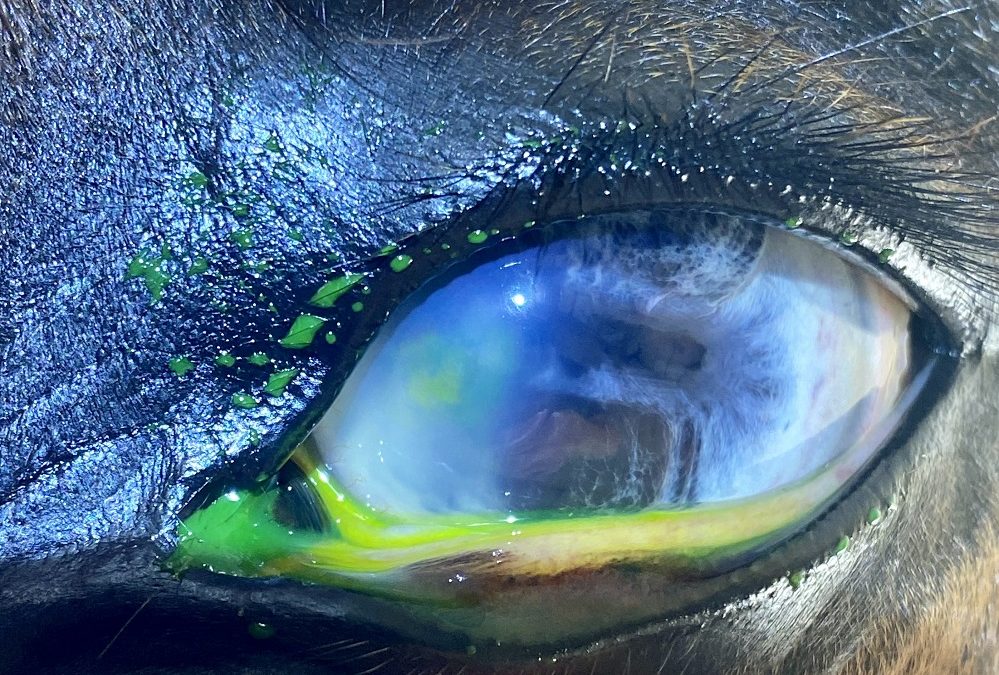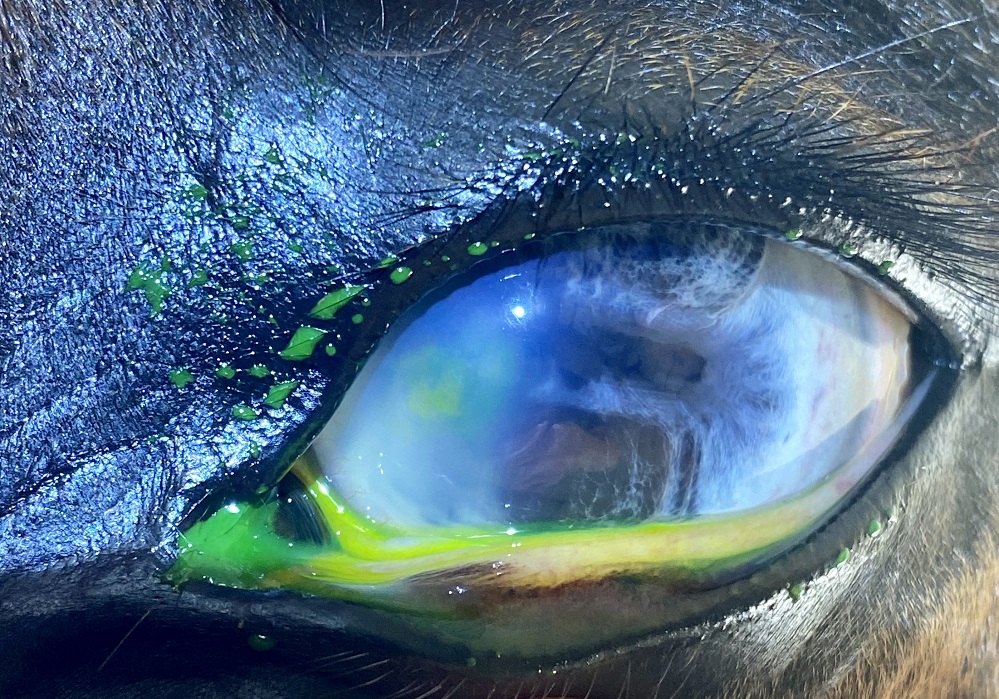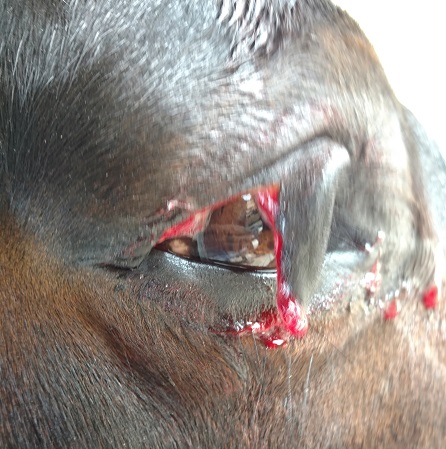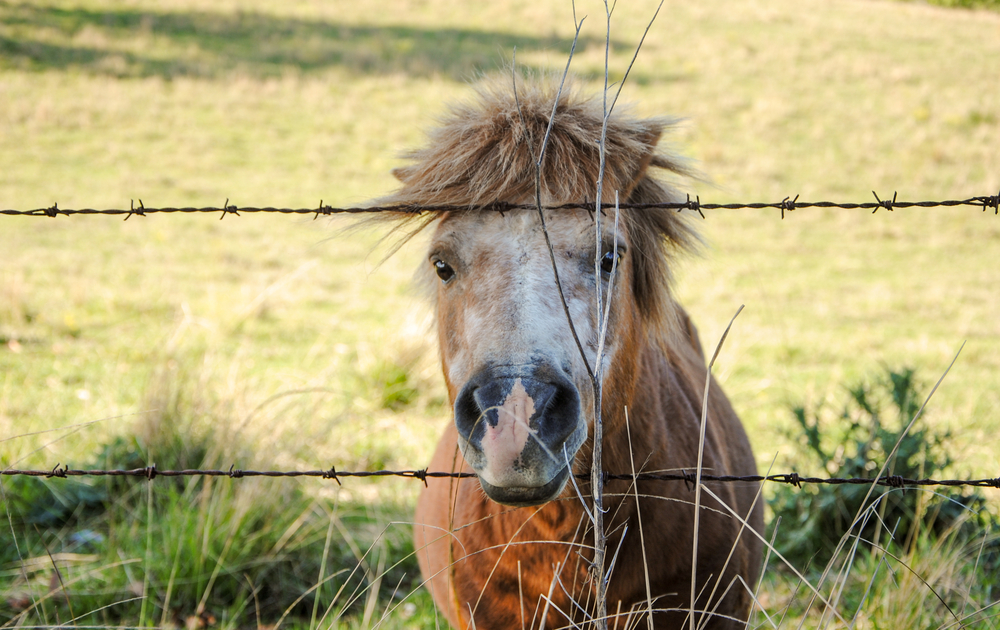
5 Preventable Reasons for Unplanned Vet Visits
Tuesdays with Tony
My Springhill docs love seeing our clients and horses. So do I, because that means more adoring fans bringing me treats and attention. Our favorite reason to see you is for routine stuff like vaccines and dentals, instead of emergencies, and I bet you would agree! Of course, Springhill is always there for you if something unexpected happens, but we are happier if things are going well for you and your horses. As for me, I’ve found that I get more treats if you lot are in a good mood. Emergency vet visits tend to bring things down a bit, so let’s talk about how you can avoid them.
It’s unfortunately pretty common for my docs to treat illnesses or injuries that could have been avoided with a little preventative action. Of course, it’s not possible to prevent every issue, because horses are ridiculously talented at self-destruction. But if you could protect your horse (and your pocketbook), wouldn’t it be worth putting in a little effort now? Here are my top 5 preventable reasons your horse might need an emergency visit, and how you can avoid them.
1. Lacerations from Unsafe Fencing
Your horse is looking around right now for something to cut himself on. I recommend doing an inspection of every space that your horse has access to at least once a month. Basically, if you wouldn’t want a two-year-old kid messing with it for safety reasons, you probably don’t want your horse messing with it either.
Things like barbed wire, old rusted-out car bodies, nails sticking out of walls, broken gates, ancient farming implements, broken buckets, and that sort of thing should be removed from the horse’s pasture, paddock, and stall. Even if the horse has been grazing around it for years without a problem, it only takes one instant in time to produce a dramatic injury. I see it all the time.
Take a good look at your fencing. If it’s barbed wire, I guarantee there will be a laceration in your future, and you should either replace your fencing now or start a savings account called Vet Bills (you should have that savings account anyway, but that’s another blog). Horses are not like cows – their skin is not as thick, and their fight-or-flight instinct is much stronger. If a horse finds himself tangled in wire, he will immediately struggle and pull until he frees himself, even if that means leaving most of the skin from his legs behind.

Your fence doesn’t have to be anything scary like barbed wire for your horse to find ways to injure himself. Board fences look great and generally do a good job keeping horses in, but are prone to board breakages and nails backing out, leaving beautiful laceration opportunities. Walk those fence lines periodically with an eye out for not just broken boards, but also backed–out nails.
The cost of fixing broken fences or replacing barbed wire? Probably cheaper than a weekend emergency visit from your veterinarian. Especially if it happens twice. Or three times.
2. Lameness Caused by Poor Hoof Care
Laminitis, navicular syndrome, hoof abscess, tendon injury, white line disease, thrush, hoof cracks…. these are all types of lameness problems that can be caused or worsened by poor hoof care.
Your horse’s hooves should be trimmed every 4-6 weeks. Find a great farrier and stay on schedule. Letting them grow too long between trims is detrimental to the health of his feet and legs and can cause serious lameness problems. For example, a long toe and a negative palmar angle can exacerbate pain coming from the heel area, so a horse with navicular problems will be very sensitive to these measurements.
Imbalance in a horse’s feet is one of the most common risk factors for tendon and ligament injuries. When the toes get too long, it puts excess stress on the tendons and ligaments at the back of the heel and up the leg. That can cause cumulative long-term damage as well as increase the chance of a major blow out of the tendon. It’s especially important for horses with conformational challenges to stay on top of their hoof care, since they are at increased risk for damage.
Hoof hygiene is important to prevent hoof diseases. Keep your horse’s feet picked out regularly. Stalls and paddocks should be kept picked out, so his feet aren’t constantly exposed to urine and manure that degrade hoof tissue. If the weather is wet and the field is muddy, provide a way for the feet to dry for at least part of each day. Know how to recognize thrush, white line disease, hoof cracks, and other common hoof disorders.
It’s easier to make necessary changes to maintain soundness than to reverse years of wear and tear that have already caused lameness issues. This also makes long term sense for your wallet. Preventative care is usually a lot cheaper (and more successful) than trying to fix long term problems.
3. Some Colics
Okay, I’m not saying you can prevent every colic. There’s no way, since your horse is…a horse. But let’s work on reducing the number of them you’ll have to deal with.
Buy good quality hay. I know, I know, hay is so expensive. But so is an emergency vet visit. Poor quality hay can cause colic, especially impactions and diarrhea. It probably won’t provide the nutrients your horse needs either. Trust me, it’s not worth trying to save a few dollars.
Make feed changes slooowly. If your horse has only been eating pasture, introduce hay very gradually. Coastal hay especially should be started slowly, since it’s known to cause a type of colic called an ileal impaction. Throwing a bunch of hay at a GI tract that’s been used to green grass is a recipe for an unscheduled vet visit. Absolutely DO NOT put a roll of coastal hay out when your horse isn’t already eating it. We would love to avoid coastal hay altogether, but it’s economical, so many people feed it. If you’re going to feed coastal, add some legume hay (that’s alfalfa or peanut) to your horse’s diet to dilute out the bad effects of the coastal. A flake a day is generally sufficient.
Keep your horse well hydrated. Especially when the weather changes, there’s a new shipment of hay, or you’re traveling with your horse. I wrote a whole other blog on it, which you can find here.
Prevent sand accumulation. The sand your horse picks up while grazing can accumulate in his colon, causing very serious colic issues. Don’t wait until he is colicky to do something about it. My blog has some suggestions for how to prevent and treat sand, which you can find here. I know, more free cat knowledge!
4. Tooth Problems
When was your horse’s last dental exam? If it wasn’t within the last year, it’s time to schedule. Don’t wait for your horse to start dropping feed and losing weight. That’s not the time to do a dental, those signs mean you already have major dental issues. Worn or uneven teeth can be prone to fracture and infection, which can turn into a complicated, expensive problem. Bad teeth can also cause riding problems like head tossing, resisting the bit, problems flexing or bending, and failing to work well, all due to pain from his teeth.
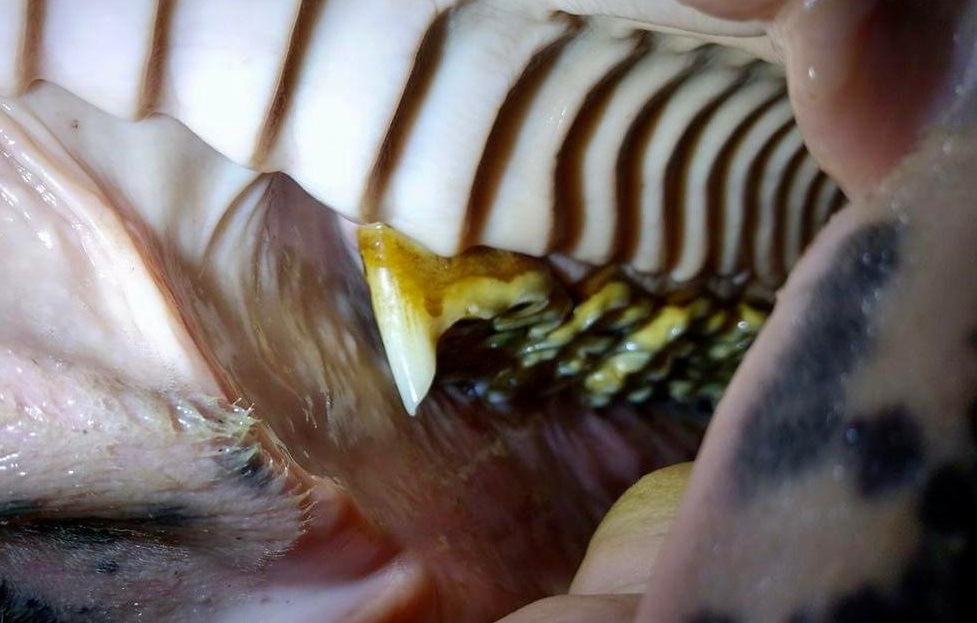
Don’t go looking for some fancy supplement for your underweight horse if you haven’t taken care of the basics first. That’s a waste of money. The average horse should have a dental exam and float once a year by a veterinarian. The goal is to do a little touch up every year so your horse can maintain good teeth long into his senior years. When the teeth are neglected, and problems have already occurred, it’s a lot harder for my doc to make your horse comfortable and corrections may be more expensive. She can’t put back teeth that have worn down or fractured, or been improperly floated by a layperson. Start early and stay current with your horse’s dental care.
5. Preventable Chokes
“Choke” is when your horse gets something stuck in his esophagus and can’t swallow it. Dental problems can cause a horse to choke if he can’t chew his food as well as he should. If he has sharp points on his teeth or other abnormalities, he won’t be able to chew easily, and may try to swallow his food before it is adequately ground up and moistened. This is even more likely with older horses who may be missing teeth. Reason number 1 million to get your horse’s teeth floated once a year by your veterinarian.
Choke can be caused by hay, grain, treats like carrots and apples, or non-food objects. Certain feeds such as alfalfa cubes or beet pulp must be pre-moistened with water prior to feeding. If they are fed dry, your horse can easily choke on them. Soak alfalfa cubes and beet pulp in a bucket of water for at least 20 minutes prior to feeding. Your horse will get more hydration and be less prone to choke – a win-win. Some things, such as corn on the cob, must never be fed as treats due to the risk of obstruction they present.
Some horses are feed-gulpers. They try to eat so fast that they don’t chew their feed enough before they swallow. You’ll want to find a way to slow him down to avoid a choke. Wetting down his grain or hay will make it less likely to get stuck. Putting large smooth rocks in your horse’s feed bucket will make it harder for him to grab big mouthfuls. Some horses may relax and slow down a bit if they are separated from other horses at feeding time. And remember to schedule that dental exam with your veterinarian since tooth problems are a common cause!
Trust me, it’s ALWAYS cheaper to do the preventative care and avoid the emergency visit. Don’t try to save a buck now and regret it later. Give my docs a call if you have questions about any of these things. Remember, our goal is to NOT see you for an emergency!
Until next week,
~ Tony
P.S. Have you subscribed to my blog? It’s the big purple box right down there, below this. Be a good human and scroll down a bit and subscribe. Don’t rely on Facebook to deliver my knowledge nuggets to you. They’re even less reliable than cats, and that’s saying something.
Tuesdays with Tony is the official blog of Tony the Clinic Cat at Springhill Equine Veterinary Clinic in Newberry, Florida. If you liked this blog, please subscribe below, and share it with your friends on social media! For more information, please call us at (352) 472-1620, visit our website at SpringhillEquine.com, or follow us on Facebook!
[jetpack_subscription_form title="Subscribe to Whinny's Wisdoms"]
